|
One of the many things my students used to tease me about was my use of the word “favorite”. I tend to be fickle in my tastes and don’t really have any one thing that I can say I prefer above all others. I often make choices based on how I’m feeling at the moment. Sometimes my favorite lunch is salad; sometimes it’s guacamole and tortilla chips. Sometimes I want to go out for Italian food while sometimes I am hungry for steak. Sometimes I want to sit down with To Kill a Mockingbird while other times I crave non-fiction like The Devil in the White City. Students would mention a book during class and more often seemed logical I would say, “Oh! That’s my favorite!” I enjoy discussing books with people and sometimes the question, “What’s your favorite book?” is asked.
Now here’s the part where I’m going to be very real with you. My least favorite answer to that question is, “The Bible.” I know, I know! It’s the Bible! It’s the literal Word of God. But as an answer to that question, it seems like such a conversation-stopper. I’m excited to talk about being entertained by Pride and Prejudice or To Kill a Mockingbird and this answer comes across as demonstrating spiritual superiority. Maybe it’s not intended that way. I feel terrible about being annoyed by this answer but when I consider my feelings there’s a good explanation for my annoyance. The Bible is a big book. It is 66 books that vary in genre telling a meta-narrative of creation, fall, redemption, and restoration. When I was younger I would read it out of a sense of obligation one chapter at a time. The reading was painful because it was confusing and the sense of obligation made it a drudgery. For a while, on the advice of some lesson I heard, I tried to read until I found something to me. This was really hard to do particularly when reading through the law or genealogies. At some point, I gave up and did daily devotionals (sometimes) just to keep from feeling guilty. Then around 2012, I had a crisis of faith that drove me to ask, “Is all this really true? Am I wasting my time with all this God stuff or is there something worth clinging to?” I thank God daily that through a series of circumstances, I came upon friends and a congregation of believers who loved me and pointed me to God. They didn’t guilt me or push but they loved me, prayed for me, and left room for God to work. I started wanting to read the Bible because I wanted to see what it said. I hadn’t really considered the meta-narrative before so I wanted to learn about that. I read The Story and found myself riveted. I knew what was going to happen but I still couldn’t put it down! It was so exciting. Later I read The Books of the Bible which is the entire Bible with the chapter and verse numbers removed. You may think, as I did, that those aren’t a big deal, but boy, I was shocked to see how much clearer the text was. It was challenging to search and mark passages so I understand why we have the divisions we have but still deeply appreciated this read-through. For the last several years I’ve been on a quest to read through several different versions and so far I’ve read the KJV, NASB, NLV, HCSB, and the NIV. I'm currently working through the ESV but that’s going to take a while because I’m doing it one study at a time. I’m about a year six months in and I’m only through Psalms and sixteen chapters of Genesis. My reading is challenging as it changes me, exciting as I make connections and understand more about God, and enjoyable as I read along with the millions of others in our time and in ages past who have read and loved the same book. So what does all this have to do with my annoyance at answering “The Bible” when asked to name my favorite book? I think it’s because although it is a book I see it as so much more. It is fair to say that every book I’ve ever read has had some kind of impact on me. The words have made a difference in my life, which is why I love reading so much. In Pride and Prejudice, I see a beautiful love story, a quirky family, and a strong woman who refuses to settle for the life society has foisted upon her. In To Kill a Mockingbird I see the horrors of racism and prejudice through the innocent eyes of a child. I love these stories, but I would not die for the book itself or for the authors. In contrast, the Bible is a book full of ancient truths that are living and active. I would die for this book and its Author. I’ve seen this book change lives and I’ve seen people react in strong opposition to it because they hate its Author. I’m going to start posting the results of the last several years of reading, listening, watching, visiting, and interviewing people about women. Before doing so I want to clearly state that my foundational book, the book I try to consume daily, the book that has changed my life is the Bible. I love it. I would die for the words it contains and it is important to me that you know that because it will be my foundational premise. I look forward to sharing the things that I’ve learned and hearing from you about them.
2 Comments
In just a few days Hamilton: An American Musical will be debuting on Disney+. When I first heard this news I was elated. I’ve seen the stage production in Chicago twice and listened to the original cast recording many times. I wanted to take the time today to tell you a little about it before it airs on a streaming service with so much content for children. If you have Disney+, you know it’s great. The vault has been opened and users have access to (almost) all the movies Disney has created. That said, it is important to keep in mind that not all movies on the service are appropriate for children. Some, like superhero movies, are violent and not appropriate for small children. Which brings us back to Hamilton. As I said before, I thoroughly enjoy the musical but always shudder when I see young kids listening or attending. Here’s why. There are several objectionable elements that make the musical inappropriate for young kids.
He concludes that he wrote his own successes in the past and decides to do it again. This time his writing exposes his family to shame and he finds that he can not write himself out of every situation. Later in the song “It’s Quiet Uptown” Hamilton receives forgiveness from his wife and we see a beautiful example of redemption. I’ve heard immature listeners quote “Hurricane” as a type of mantra but that lacks the understanding of its place in the story.
So, there are the negatives. With all that you may be saying, “Um, Edy, why are you a fan of this show?” Yes, there are negatives. But there are many parts of this musical that lead me to rank it up with my favorites including The Phantom of the Opera and Les Miserables.
I'm currently reading a book called Oh, Ranger! It is a collection of stories and essays written by National Park Rangers. I was moved by an essay written by Shelton Johnson, an African-American National Park Service ranger. While looking through photographs at Yosemite's research library he found a photograph of 25 African-Amerian soldiers who had protected the land from ranchers who were grazing their animals on park land. Their names are not recorded but these soldiers protected Yosemite until they were relieved by another regiment who noted their excellent service. Often African-American men would choose to serve in the military because it was one of the few jobs that provided a pension available to them. That said, they still failed to receive proper respect. Ranger Johanson wrote them a letter thanking them for their service and for allowing himself to be caught up in their story. I found the ending particularly poignant: "Thank you for clearing the trail that I followed 100 years later. You cannot imagine how your passage has made my journey infinitely easier, as I hope mine will be for those who follow." My heart hurts when I read stories about violence against others because of how they look. These stories go back for hundreds of years and involve all sorts of people. They are sad, dark, and full of hate. Do you hate these stories too? Perhaps, like those soldiers who protected Yosemite, we can do some things to make the journey of those who follow us a bit easier.
If you ran yesterday and posted about in on social media, good for you. Now keep running. Keep moving. Call someone in an elected office. Create a petition. Volunteer to help others. Look each person you meet in the eyes and see them as a life created for a purpose. One of my favorite preschool memories is Jay asking Maddie what color her new baby was going to be, brown or white. Maddie, whose mom was very pregnant, was the only fair-skinned child out of my 10 students. She looked around the room and said, “I don’t know, probably brown.” They honestly didn’t know why our skin looks the way it does. It appeared to be about statistics to them and asking about it was as casual as asking a friend to pass the playdough. Aging robs us of the innocence of youth but it doesn’t have to rob us of our curiosity. Below I’ve provided a list of books that have helped me get into the lives and experiences of those whose heritage I do not share. True these are fiction, but the experiences of the characters are very real. I, like Ranger Johnson, thank those who have come before me. I come from a line of curious and compassionate people. My wish is that my life will pave the way for future generations to share God’s love with the world as I try, yet often fail, to do. Copper Sun by Sharon Draper
Elijah of Buxton by Christopher Paul Curtis The Watsons Go to Birmingham, 1968 by Christopher Paul Curtis Stella by Starlight by Sharon Draper Finding Someplace by Denise Lewis Patrick Chains by Laurie Hase Anderson Brown Girl Dreaming by Jacquline Woodson Roll of Thunder Hear My Cry by Mildred Taylor A Long Walk to Water by Linda Sue Park Underground by Jean Ferris I’m a huge fan of Far Side by Gary Larson. If you aren’t familiar with it, it’s a syndicated comic that was usually one pannel. The figures are distorted and the humor is quirky. One that has stuck with me was titled “Classic Conversation Stoppers.” The panel is divided into four squares and depicts four men talking to guests. Each of the men is saying something that is guaranteed to end a conversation. My favorite is the guy saying, “‘Contagious? Contagious?’ I asked my doctor. ‘Realy contagious,’ he tells me.” Insert awkward pause. Have you ever experienced something like this? You say something and people respond with awkward silence. Last year I created a presentation about World War I to commemorate the 100th anniversary of the end of the war. After completing that I decided to work on a presentation commemorating the 100th anniversary of the 19th amendment to the Constitution, which grants women the right to vote. I thought World War I had been tricky to investigate, but nothing could have prepared me for the mess that I’ve found during my study of the women’s suffrage movement. In my research, I’ve studied Biblical anthropology - the study of humans as they relate to God, the history of women in the United States and Western Culture, and the philosophical foundations of the feminist movement. Phew! I’ve read about Upity Women of Medieval Times, Wild Women of Michigan, 12 Extraordinary Women of the Bible. I’ve read The Women’s Hour, Roses and Radicals, and (I truly loved this one) Cinderella Ate My Daughter. Relating to business I’m reading Lean In and, as a counterpoint, Lean Out. I’m intrigued and immensely enjoying this research, but all these viewpoints and counterpoints leave my brain a tangled mess. When my thoughts become tangled, I find the best method of unraveling them is talking. I’ve come up with some of my best party planning ideas when talking to the cashier while at the supermarket checkout. (Probably why I’m not interested in curbside pick up or grocery delivery.) In the past few months, I’ve learned that the phrase, “I’m studying the history of women’s rights,” is a classic conversation stopper. People become uncomfortable and shift around looking for an out. One person abruptly stated they had to leave and ran away. I think most people are afraid of getting involved in a controversial conversation because of the tension in our current culture. Viewpoints collide and emotions run deep, but I believe that this is a very important and vital study. I keep typing and deleting as I’m trying to explain further, but I’ll never be able to fit everything I want to say in this post. I’m going to state a few truths I’ve discovered, and leave it at that for now.
That’s all I’m going to say about this for now. I can already feel the discomfort and I can hear the, “Well, I don’t know what she means by that,” running through your mind. Feel free to comment below or message me if you want to talk more about this and look for future posts about women’s rights. Wait! Where are you going? I need someone to talk to about this! Tomorrow my sister and I head out to visit the Women’s Rights National Monument. It is in Seneca Falls, New York and is the sight of the first Women’s Rights Convention where the suffrage issue (women voting) was first publically proposed. As I research this topic, I feel that visiting this monument will help me gain a deeper perspective on the issue and the time spent with my sister will help me unravel my thoughts. Follow along on my Instagram (@edy2207) story for an inside look at our adventure.
The news reports statistics that demonstrate an increase in cancer and heart disease. Desperate to prevent and cure these, we spend ample resources protecting ourselves and our loved ones. We take supplements, exercise, buy organic, and spend fraught filled hours researching the safest household products. Could my water bottle be killing me? Yet even with all this, careful prevention people die of heart disease. People still get cancer. Each year over 600,000 people die of each, which amounts to more than 1.2 million deaths per year in the United States alone.
I share these statistics because I want you to know that I understand the devastating effects of diseases. I have friends who are fighting and suffering through these and know many who have lost their battles. What I would like to offer today is some perspective and a dose of hope into the devastation and brokenness of modern diseases. One of my favorite genres to read is medical mysteries and histories. My three favorite examples of these are Quakery: A Brief History of the Worst Way to Cure Everything, The Royal Art of Poison: Filthy Palaces, Fatal Cosmetics, Deadly Medicine, and Murder Most Foul, and Get Well Soon: History's Worst Plagues and the Heroes Who Fought Them. My family is often horrified by these books, but I just can't get enough. Anyone who reminisces for times gone by and wishes they could live in the olden days should be slapped and forced to read any one of these. I say that jokingly, but our minds are skewed by watching historical dramas on film and wondering at the beauty and ornateness of palaces and castles. Sickness reigned supreme and in our days of nervousness over how many and which types of supplements should we be taking, we forget just how bad life was. Let me explain.
I look forward to a future free from death and misery, but we aren't there yet. Because of sin, we will all die of something. The hope I offer is that by God's grace in preserving my life and your life through medical science and investigation He has given me more time than those who lived before. We are now living longer and enjoying greater health than that of any other time in history. Give thanks for the health (no matter how little) you have and praise God for his gift of salvation! I recently had the amazing opportunity to present at a teacher's convention. This particular convention included Christian educators from all over the Great Lakes Region. I presented about World War I and about teaching history with a Biblical worldview. I think I'm supposed to be all calm and professional about it, but can I just say -- THAT WAS SO MUCH FUN!!! I got to talk to teachers and talk about nerdy history stuff and it was just the best! Okay, back to sounding like a calm adult. I would relish any other opportunities to speak to groups in the future should the opportunity arise. Although my presentations weren't specifically about reading books, I had stacks of books to recommend at each. I see immense benefits in students reading across a broad spectrum of genres and topics. Reading allows students to take their education into their own hands and study what they are interested in. Because we all differ so much in personality, it is always difficult if not impossible to find books that please everyone. When teaching 6th-grade reading, I used a method that I learned from Donalyn Miller in The Book Whisper. I assigned a total of 36 books for my students to read throughout the school year. I know this sounds daunting, but here's how it worked.
I used this method for three years and saw immense success. Pitfalls could arise so it's important for each teacher using this program to consider the definition of success that best matches their goals. My goal was to encourage literacy and get students reading. I had some students that only managed to read 5 or 10 books. I saw this as a win. As long as they noted everything and turned it in they at least got a C grade. (By the way, a C is and is acceptable. I'll write about that another day.) I also allowed and even encouraged students to read graphic novels. Nathan Hale writes fantastic graphic novels in the historical fiction genre. Some graphic novels, such as Snow White, have little to no words but tell a compelling story. I would talk with students and make sure they understood the symbolism and picked up on the literary devices the author employed in the illustrations. Learning to "read" pictures is a very powerful tool especially in this day when images are king. For my class, success equaled books consumed. And did my students consume books! During the 2015-16 school year, I had 52 students and we read over 1,400 books. Below, you can see a picture of our book chain. So that's how I taught reading. I got to read and learn with the students and we all grew. Maybe it isn't for every classroom, but I can't imagine my life without this experience. What was your classroom reading experience like as a middle school and high school student? Comment below and let me know. As I write this I am sitting in front of what is known as the "Rosa Parks Bus." It is the bus that the famous incident involving Mrs. Parks refusing to give up her seat took place. In my research on the American Woman Parks' name has come up several times. Let me back up. This week Logan and his buddy Derek are participating in Day Camp at the Henry Ford. The Henry Ford is like Disney World for history nerds and is a must see. The Henry Ford is made up of multiple institutions the main two being the Museum of American Innovation and Greenfield Village. When Henry Ford created them his goal was to tell history from the perspective of the average American. History is about presidents and important figures, but it's also about the innovations that impact our every day lives. Both the Village and Museum are dedicated to celebrating those innovations and honoring our nation's history. So, back to the bus. In just the few minutes it's taken to type this, almost 50 people have climbed on and off the bus. A docent inside tells the story of that December day in Alabama and points out the seat that Parks refused to give up. The children inside excitedly vie to sit in the exact spot then skip off happy that they've experienced a part of history. There's even a Scandinavian tour group with professional film equipment filming about it. I have no idea what they are saying but it’s interesting to watch them explore the history of our country. In my research about American women, I've come across Rosa Parks several times. Each time I've read that she is brave because she sat. When I read this it's felt like something has been missing. There were several people before Parks who were arrested for refusing to give up their seats which made me wonder what was different about their story. They sat. Why don't their names go down in history? Oddly enough the answer came when I was reading the book The Power of Habit: Why We Do What We Do in Life and Business. In the chapter referring to habits of societies, Duhigg explains that Parks was a unique individual because of her character and her community involvement. "Parks' many friendships and affiliations cut across the city's racial and economic lines. She was the secretary of the local NAACP chapter, attended the Methodist church, and helped oversee a youth organization at the Lutheran church near her home. She spent some weekends volunteering at a shelter, others with a botanical club, and on Wednesday nights often joined a group of women who knit blankets for a local hospital. She volunteered dressmaking services to poor families and provided last-minute gown alterations for wealthy white debutantes." He goes on to connect the facts and mentions that the previous riders who refused to move were arrested, but nothing came of it because they were unknowns, yet when Rosa Parks was arrested it caused a ripple through the community. She had invested her time in the community and that community came to her support. But all that community doesn’t explain my discomfort with celebrating Rosa Parks for "sitting." Duhigg, after detailing Parks' community involvement, explained that the former leader of the Montgomery NAACP and a white lawyer named Clifford Durr bailed her out of jail. Community leaders had been looking for a case to challenge bus segregation and with Parks' sterling reputation they believed they had found a worthy cause to take to the courts. Parks' husband was initially opposed to the idea because he knew the danger she was putting herself in. Her husband's warning, "The white folks will kill you, Rosa," was not an empty worry. Threats of violence and death were common for those who dared to alter the status quo, but despite the possible danger, Parks allowed her case to be the rally point for the protests and the boycott. Both she and her husband lost their jobs and received multiple death threats. Yet, she didn't give in and she allowed her case to move through the courts. Eventually, they moved to Detroit hoping to start over after losing so much. There! There it is! Now, I am beginning to understand what was so remarkable about her. She shouldn't be remembered as a woman who sat. She should be remembered for 1.) Her kindness and community involvement. 2.) Refusing to move despite knowing the possibility of arrest or physical violence. (I was told by the docent that the bus drivers often carried clubs or guns to enforce the rules.) 3.) Standing and allowing her arrest to be used in the court case that changed a city and became a major event in the Civil Rights Movement despite the costs. Too often we relegate people's stories to a paragraph and forget that their lives are as complicated and as deep as our own. Rosa Parks' story is one of compassion, community, and courage. She didn't receive the notoriety she has today until much later in her life. In our culture of instant gratification, it is important to share that standing up for something and being remembered rarely happens for those who don't have a depth of character. We need to remember that standing for what you believe in is not easy and will likely not lead to fame and success, but doing something because you believe it is the right thing to do may just change the world. Rosa Parks visited the Greenfield Village in 1992. These photos are of her at the Mattox House.
Last week in my post about summer break, I emphasized that school does not have a monopoly on learning. Summer can be all about the best kind of learning. The kind of learning that expands the mind. The kind of learning that leads to interesting places and people. The kind of learning I hope Logan will continue with for the rest of his life. There are two parts of our summer bucket list this year. I want to visit some interesting places and try some fun things with Logan, but I also want to work organizing some areas in the house, improving math skills, and strengthening language skills. When considering academic work over summer break, I like to think of it as bonus time. We had too much homework for me to add on more during the school year so summer is the perfect time to learn a few things that will help with next year. I also want to play some fun games that teach as we play such as the periodic table battleship and the Pringles ring. The second part of the list is all about the go. I'm currently obsessed with my National Park Passport book and I want to collect several stamps available in our area. Detroit is part of the Motor Cities National Historic Area so several museums offer the National Park Passport stamp. On the list below, the areas with the available stamp have the green letters next to them identifying what they are. (Key below). Will we make it to all these places? Absolutely not, but we will have fun trying and often we get to them during days off school and weekends. Without further ado, here is the Gies 2019 Summer Bucket List. Visit Niagara Falls Visit Theodore Roosevelt Inaugural NHS Take piano lessons Visit Whiting Forest Clean out guest room closet Visit River Raisin NBP Visit Derek Study Men and Women in the Word with She/He Reads Truth Learn about the law of diminishing returns with ice cream Visit Cranbrook Gardens Go to a baseball game Make milkshakes Host a class party Day camp at the Henry Ford Visit Stahls Automotive Foundation NHA Ride bikes to downtown Rochester Family game night Pick Blueberries Visit the Edsel Ford House and Gardens NHA Play the license plate game Visit Cambridge Junction Historic State Park NHA Build an egg drop Visit the Detroit Zoo Read and complete Big Life Journal Visit the Toledo Zoo with Fougeres Watch fireworks Family movie night Visit Caseville Star gaze Memorize the definitions for the parts of speech Visit Sleeping Bear Sand Dunes NL Jackson Pollock Painting Visit Yankee Air Museum NHA Play periodic table battleship Visit the GM Renaissance Center NHA Build a LEGO fortress Visit Meadowbrook Hall NHA Visit Michigan Military Technical & Historical Society NHA Make a Pringles Ring Nerf Games Plant giant sunflowers Read a biography of Bob Ross Finish London puzzle Visit the Detroit Historical Museum NHA Finish toy puzzle Visit the Detroit Institute of Arts NHA Memorize times tables Read Treasure Island
We're ready to grow and go! NHA - National Historic Area, NBP - National Battlefield Park, NHS - National Historic Site, NL - National Lakeshore
Yes, okay. It is very unprofessional and definitely not grammatically correct to use all those exclamation points but this is a whole month dedicated to reading. A whole month! Dedicated to reading and books!!!! That deserves the use of gratuitous exclamation points if ever anything did. Every March, reading month is celebrated in schools across the country. Why March? Well, it's because Ted Geisel, Dr. Seuss, was born on March 2, 1904, and he made significant strides in encouraging children to read. If you want to know more about his contributions I would recommend Dr. Seuss & Mr. Geisel by Judith Morgan and Neil Morgan.
Anyway, schools across America will be doing all kinds of different reading programs to encourage reading among the students. Being a dedicated reader, this is a topic near and dear to my heart. When I was a first year English teacher I required the reading of the text book and possibly one outside book, but other nothing in addition. I was often asked by parents, "How can I get my child to read?" As my teaching progressed and I grew as a teacher, reader, and learner, I discovered that motivating others to read was more about leading by example than finding clever external motivations. Here are some things I learned along the way and have helped me grow reading programs and encourage life long learners.
Never stop learning, Friends! While in Kennebunkport on a church trip as a high schooler, I purchased a funny puppet. It was Lowly Worm from the Richard Scarry stories. Lowly cracked me up and I was a impulsive kid with disposable funds. We had fun with him on the trip even posing him with sites as we drove across the country. After coming home Lowly went into a box that wasn't opened again until Logan was around two years old. It was love at first sight. Since Logan was two Lowly has been his favorite companion. Watching Logan cuddle wit his worm has been entertaining to say the least. Logan has stacks of Richard Scarry books which have increased his curiosity and reading skills. Over the years Lowly has become dirty and his cloth has worn thin. Last year, we found the Doll Hospital and Toy Solider Shop in Berkley and had scheduled to bring Lowly in for repairs, but it went out of business before we could have Lowly fixed. Logan was crushed. He was heartbroken about Lowly's seemingly irreversible condition. Jason searched the internet and found a shop out in California. For over year we've talked about sending Lowly out west, but Logan wouldn't hear of it.
Finally after much convincing and confirming that the nice lady who fixes children's beloved stuffed animals wouldn't do anything to hurt Lowly we have sent him off. This morning my heart ached to see Logan so scared and afraid. He was worried about Lowly getting lost in transit. He's worried about the California wildfires. He worried about earthquakes. He's worried. So we prayed. We prayed that Lowly would return to us safe and sound. We prayed that he would come back good as new and last for many years to come. Then after we prayed, I prayed. I prayed that Logan's prayers would be answered. I know he's just a worm, but if anything happens I'm afraid of how it will impact Logan's faith. He is convinced that God will take care of Lowly, but life experience has taught me that things do not always go the way I want them to. God sometimes chooses not to answer with, "Yes," but how would Logan deal with that loss? "Trust God," is excellent advise and I believe that is true, but it's also hard. God's way is best, but often there are trials associated with that trust. I remember what it was like to love my stuffed animal friends. I didn't have a house full of siblings or tons of friends. The bond I felt with my stuffed animals was strong enough that I still feel emotionally connected to them. As I pray for Logan, I know that it will be alright. Whatever happens. But that is hard. So tonight I find myself praying for a worm and his cross country journey. Lord, I believe, but help my unbelief. |
"A jack of all trades is a master of none, but oftentimes better than a master of one." Archives
May 2020
Categories
All
|
|||||||||||||
AdventuresGet in Touch |

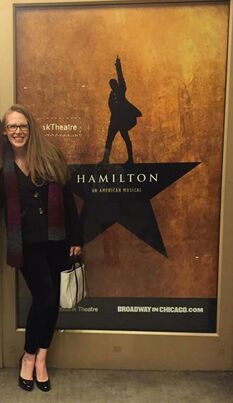
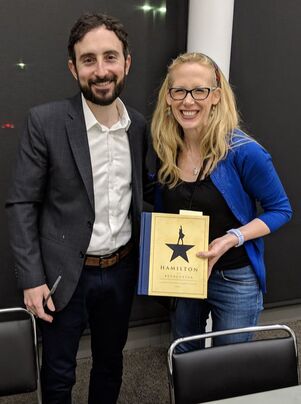
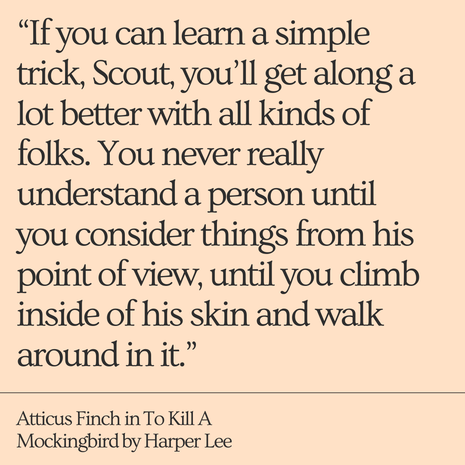
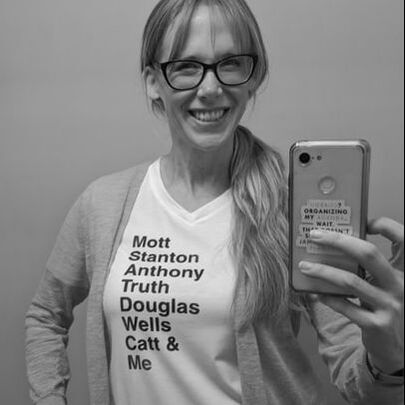
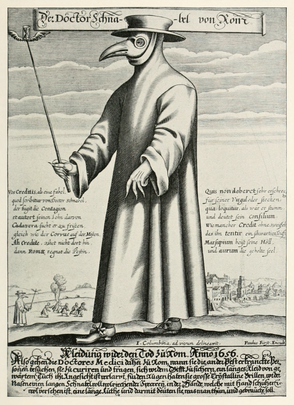
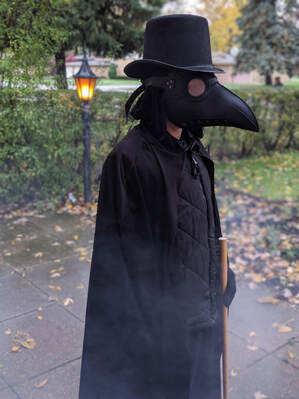
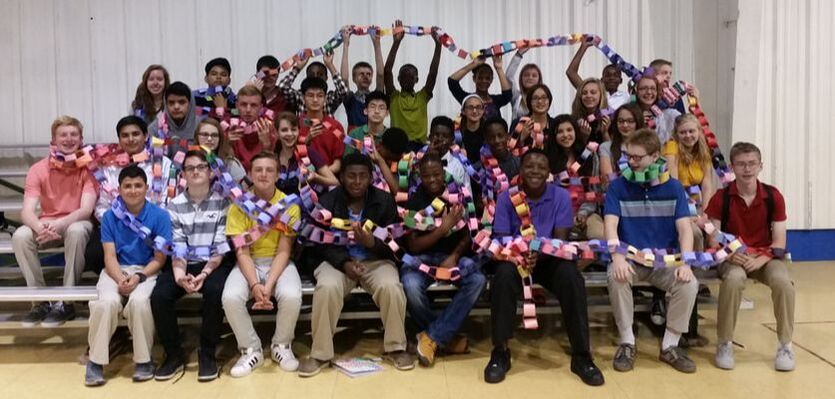

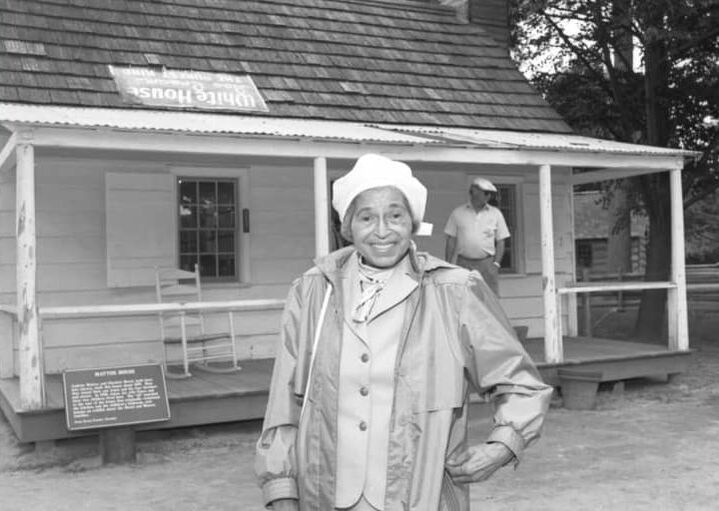
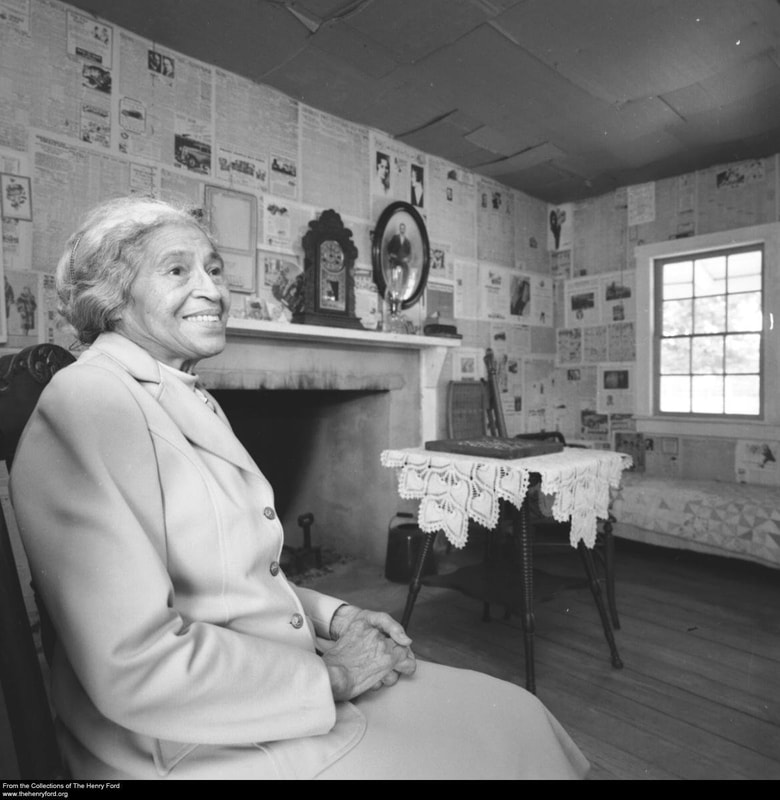
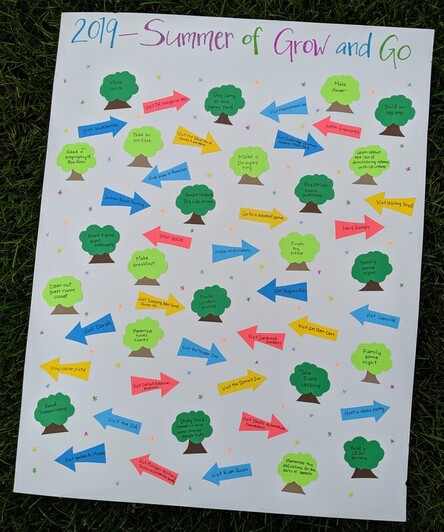
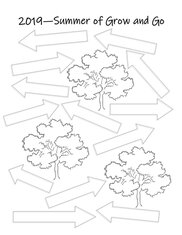



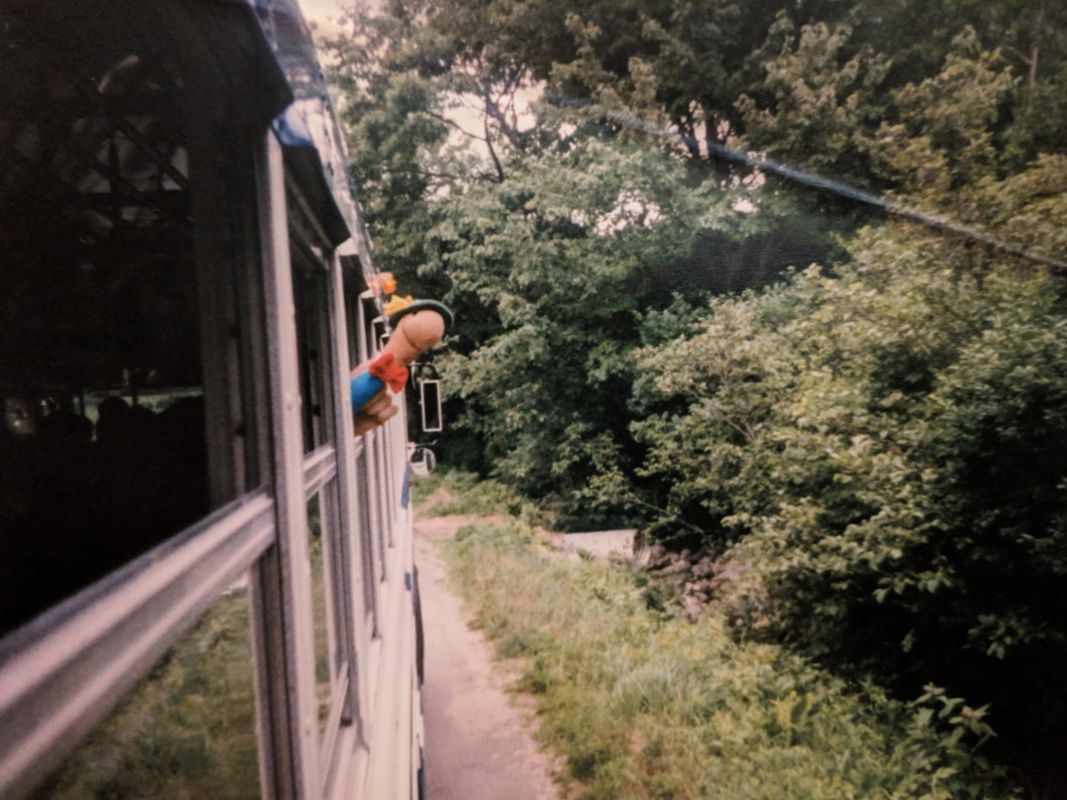

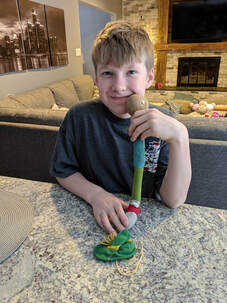
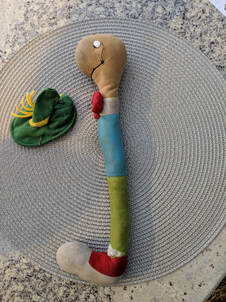
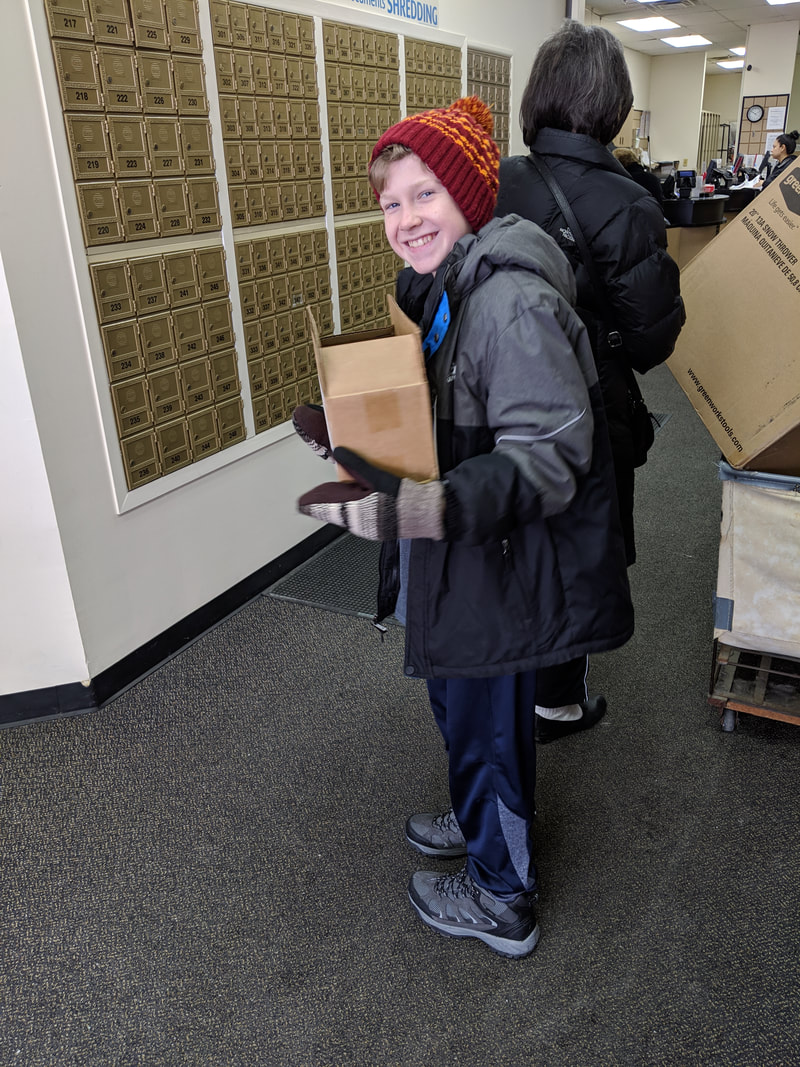
 RSS Feed
RSS Feed